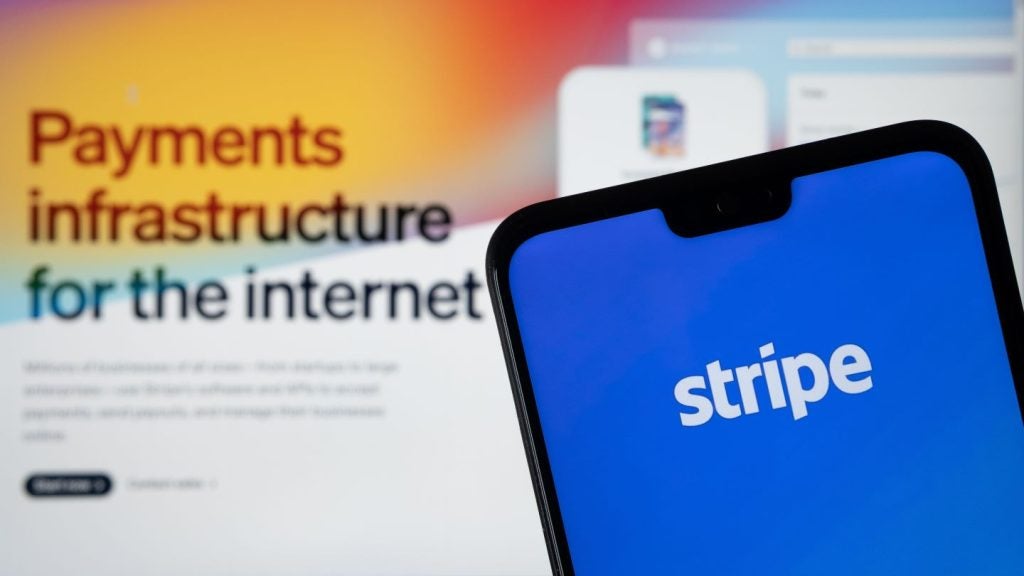Europe’s payment landscape is undergoing a transformation. Digital wallets, open banking, real-time transfers – and potentially, a digital euro – are emerging and being pushed into the market. Yet, despite these innovations, one question remains: Do consumers actually want new payment methods, or are their benefits ultimately limited?
Payments in Europe: Diversity or chaos?
Europe’s payment ecosystem is highly fragmented. While many Germans still prefer cash, iDEAL dominates in the Netherlands, BLIK in Poland, and Bizum has become the go-to instant payment method in Spain. Meanwhile, an increasing number of mobile wallets and open banking solutions are competing for consumer attention, gradually pushing cash and traditional cards into the background.
New initiatives, such as the digital euro and Wero, aim to bring more uniformity. Their goal is to create a European payment system that operates independently of global payment giants like Visa, Mastercard, and US tech corporations. The European Central Bank sees the digital euro as a path to greater financial sovereignty and efficiency, providing a secure, real-time European payment solution.
These initiatives promise progress. But as policymakers and businesses focus on implementation, the key question remains: Are these solutions truly what consumers want?
Changing payment habits
If there’s one thing we’ve learned, it’s that payment habits can evolve often faster than expected. The Covid-19 pandemic was a clear example. Practically overnight, concerns about hygiene made cash payments in Germany seem outdated, and contactless payments became the norm. Today in Germany, even small transactions in bakeries or kiosks can be made seamlessly via card or smartphone – something that would have been unthinkable just a few years ago.
When the right incentives are in place, consumers are willing to adapt, even in areas as deeply rooted as payment behaviour. Across Europe, a clear trend is emerging: less cash, fewer paper transactions, and a growing shift toward digital payments.

US Tariffs are shifting - will you react or anticipate?
Don’t let policy changes catch you off guard. Stay proactive with real-time data and expert analysis.
By GlobalDataFrom smartwatches to digital wallets and cashier-less “Buy & Go” supermarkets, payments are becoming seamlessly woven into everyday life. One trend is clear: the younger the consumer, the less friction they’re willing to tolerate.
Flexibility and choice of payment options are generally welcomed. However, not every new payment method succeeds. The struggles of Samsung Pay, Giropay, and Kwitt raise an important question: Why do some solutions thrive while others fade into obscurity? And what does this mean for upcoming innovations like the digital euro or Wero?
Successful payment solutions solve real problems
In my experience, consumers don’t like to experiment when it comes to their money—they want solutions that are simple, secure, and reliable. Cash, for example, requires no technology, works everywhere, and is widely trusted. However, it can be inconvenient for large transactions or unexpected expenses, which is why card payments continue to gain traction. Counting coins gives more friction than tapping a card or a phone.
Convenience is key. People don’t want to juggle multiple payment apps for different services or countries. They want a single, seamless digital wallet that works everywhere. That’s why solutions like Apple Pay are gaining popularity.
A new payment method must offer clear advantages over existing ones to gain adoption. While policymakers may focus on the bigger picture, consumers care about one simple question: How does this benefit me? If a new payment method doesn’t offer a tangible improvement, people won’t change their habits. And habits are very difficult to break.
Technology alone isn’t enough – adoption is key
For a new payment method to succeed, it needs to be more than just another way to pay—it must solve a real problem.
Consider three success stories:
- PayPal simplified money transfers between friends without requiring an IBAN.
- Klarna made online shopping easy with its flexible “buy now, pay later” model, as you only need your address to pay, plus it solved for buyer protection like no other method. Simply said, nothing protects you more than if you haven’t paid for it yet.
- Apple Pay eliminated the need for physical cards but moreover didn’t require you to download apps, offering a fast and secure way to pay via smartphones and wearables.
Each of these innovations addressed a genuine consumer need, making them indispensable for both users and merchants. By contrast, Giropay/Paydirekt struggled because it failed to offer a compelling advantage over existing options – so consumers simply ignored it. They focused on merchant acceptance instead of consumer acceptance.
Other countries have seen similar patterns. In Sweden, Swish took market share by storm. In Switzerland, it’s Twint. In many cases, banks have played a key role in developing and promoting these systems. But ultimately, their success came down to one thing: they provided a better alternative to what already existed.
Why payment methods fail
Payment solutions don’t fail because of poor technology or lack of infrastructure. They fail because consumers don’t see a need for them. No matter how innovative a new system is, it will only succeed if it provides real value, an incremental benefit above their current habit.
This is the fundamental challenge for the digital euro, Wero, and any future payment innovation. If they don’t offer a clear consumer benefit, they risk being just another well-intentioned but underutilised initiative.
Robert Bueninck is Chief Executive Officer of the Unzer Group








